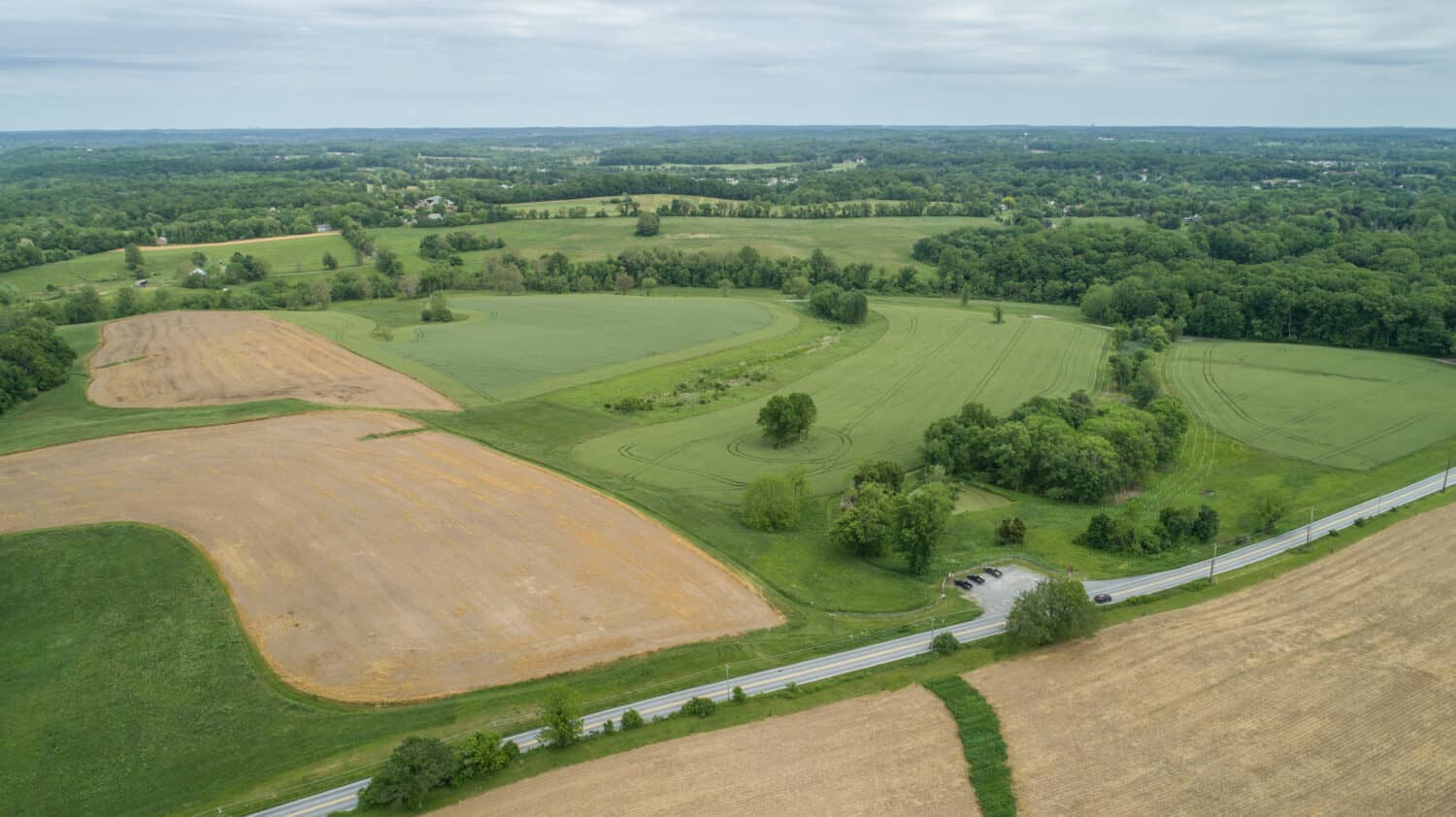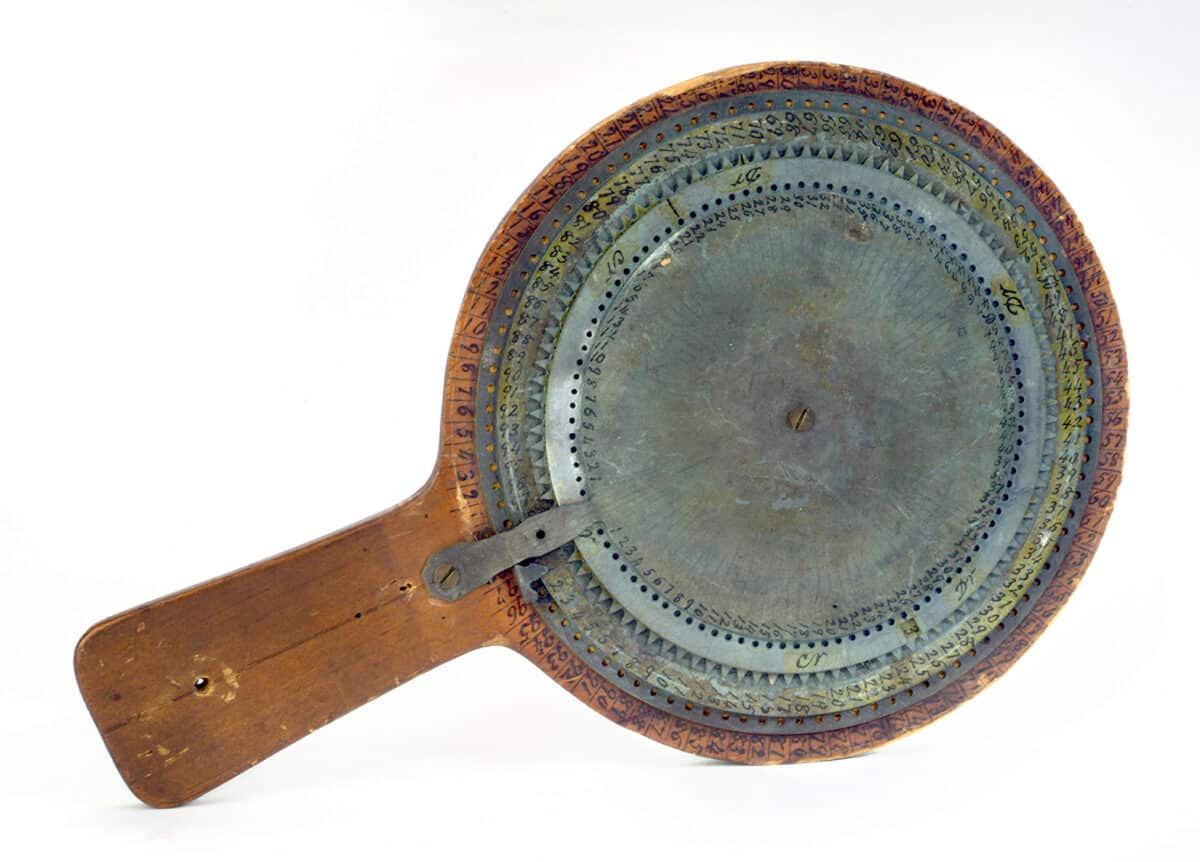Thomas Strode was quite a multifaceted person. He spent his days working as a shopkeeper and farmer in the town of Coatesville. However, he also possessed an innovative spirit that led him to secure several different types of patents during his lifetime. Among his most notable achievements were three patents for calculating devices, including a patent for an adding machine that combined elements of the Calculating Clock and Pascaline designs, and two circular stylus-operated adding machines. In addition, he designed and received patents for two calendar clocks that combined the practicality of a clock with the convenience of the calendar. Strode also created and received patents for a machine for boring holes, an excavator, and a grain winnower and weigher.
Who was Thomas Strode?
Thomas T. Strode was the second child in his family, born in Coatesville on February 11, 1810. His parents were William Strode (Dec. 26, 1782-Dec. 25, 1851), a farmer, and Elizabeth Strode (Jan. 7, 1787-Apr. 1, 1861). He had an elder brother, Richard (1808-1848), and a younger brother and 5 sisters — Elizabeth (b. 1818), Ruthanna (b. 1820), David James (1822-1848), Mary Ann (b. 1825), Hannah (b. 1830), and Caroline (b. 1833).
Thomas T. Strode was a 6th generation heir of the early settler George Strode from Millbrook, Hampshire, England. George Strode moved to Chester County, Pennsylvania, about 1682 with his family. Many generations of the famous Strode family left their mark around West Chester.
Strode’s family has historical roots in Strode’s Mill (also called Etters Mill). The property was built in 1721 by Carter, Scott, and Willis and was legally under Strode family name from 1737 until 1878. The Etters Mill building is about 30 by 58 feet and still stands today.
The Strode’s Mill was added to the National Register of Historic Places in 1971 and was officially made part of Strode’s Mill Historic District, a national historic district located in East Bradford Township. Besides the Etters Mill, Strode’s Mill Historic District includes Strode Farm, Strode’s Pork Products plant, and other buildings.

©Dedi Galih Wisnu/Shutterstock.com
Early Life
Thomas Strode worked as a storekeeper and farmer around Coatesville (in some of the patents, he was specified as living in Nortonville, a hamlet near Coatesville). Thomas T. Strode took out three patents for calculating devices — US30264 from 1860 for an adding machine of Calculating Clock and Pascaline type, and two patents for circular stylus-operated adding machines (US49168 from 1865 and US74170 from 1868).
Apart from three major patents for calculating devices, Thomas was involved; he was a very inventive man because he was able to take out five other US patents — two patents for a calendar-clocks (US30166 and US49169), a machine for boring holes (US8569), an excavator (US152882), and a grain winnower and Weigher (US8763).
Career
Almost nothing is known about Strode’s career. Some sources suggest that he worked as a storekeeper and farmer around Coatesville when he was a teenager.
What did Thomas Strode Invent
The Adding Machine
Thomas Strode requested a patent for calculating devices and was issued a warrant from 1860 (US patent No30264) for an adding machine. The machine was similar to the Rotating Clock invented by Wilhelm Schickard and the Pascaline machine built by Blaise Pascal (see complete biography of Pascal).
The adding machine was a mechanical calculator invented by Thomas Strode to help in accounting. It is believed his early life as a storekeeper could be the reason for his invention. Thomas’ adding machine was to help users find the total amount of their calculations effortlessly.
Thomas’s calculator could read in dollars and cents. Before doing any operations with the machine, users were required to “ZERO” the calculator. Thomas’s adding machine lacked the zeroing mechanism; therefore, users manually did it. It had four wheels, each with ten teeth and a carrying tooth except the last wheel on the left side.
The numbers were entered into the device by inserting a pin into the circular plate of the corresponding wheel and rotating until the pin struck the connecting strip. The pressed number keys would remain depressed and pop back to their common position once totaling is done.
The Circular Stylus-Operated Adding Device
Thomas Strode’s last patent (US74170 from 1868) was for the circular stylus-operated adding device, and the patent model still exists today. Because it’s a valuable historical invention, it is kept safe in the collection of the National Museum of American History, Washington.
It is a wood, paper, and metal device, with overall measurements of 1.8 cm x 16.7 cm x 26 cm. The outer edge of the paddle is divided clockwise into marked ink 100 parts. Five concentric metal discs (held together in the middle by a screw) are above the paddle. Each one is just smaller than the one below it.

©National Museum of American History – Original / License
There are five discs. The first one is above the paddle and has 100 holes around its edge, and it rotates. The second disc has numbers from 1 to 97 written in pen going counterclockwise around its edge. The third disc has teeth and numbers from 1 to 100 inside the teeth. The fourth covers the third and unveils a number on the toothed. The fifth disc is on top and divided into 100 parts, marked in pen from 1 to 50 going counterclockwise on the right, and from 1 to 47 going clockwise around the left. However, some parts are also unmarked.
The first disc represents sums of numbers up to 100 (cents) and carries a term to advance the third disc, which represents hundreds (dollars). The smallest disc can be used as a guide in adding or subtracting hundreds.
Thomas Strode: Marriage, Divorce, Children, and Personal Life
Net Worth
Nothing is known about Thomas Strode’s career net worth.
Marriage
No information is available about Thomas Strode’s marriage.
Divorce
No information is available about Thomas Strode’s divorce.
Children
No information is available about Thomas Strode’s children.
Tragedy
Thomas T. Strode died on March 19, 1880, in Newlin Township, Pennsylvania.